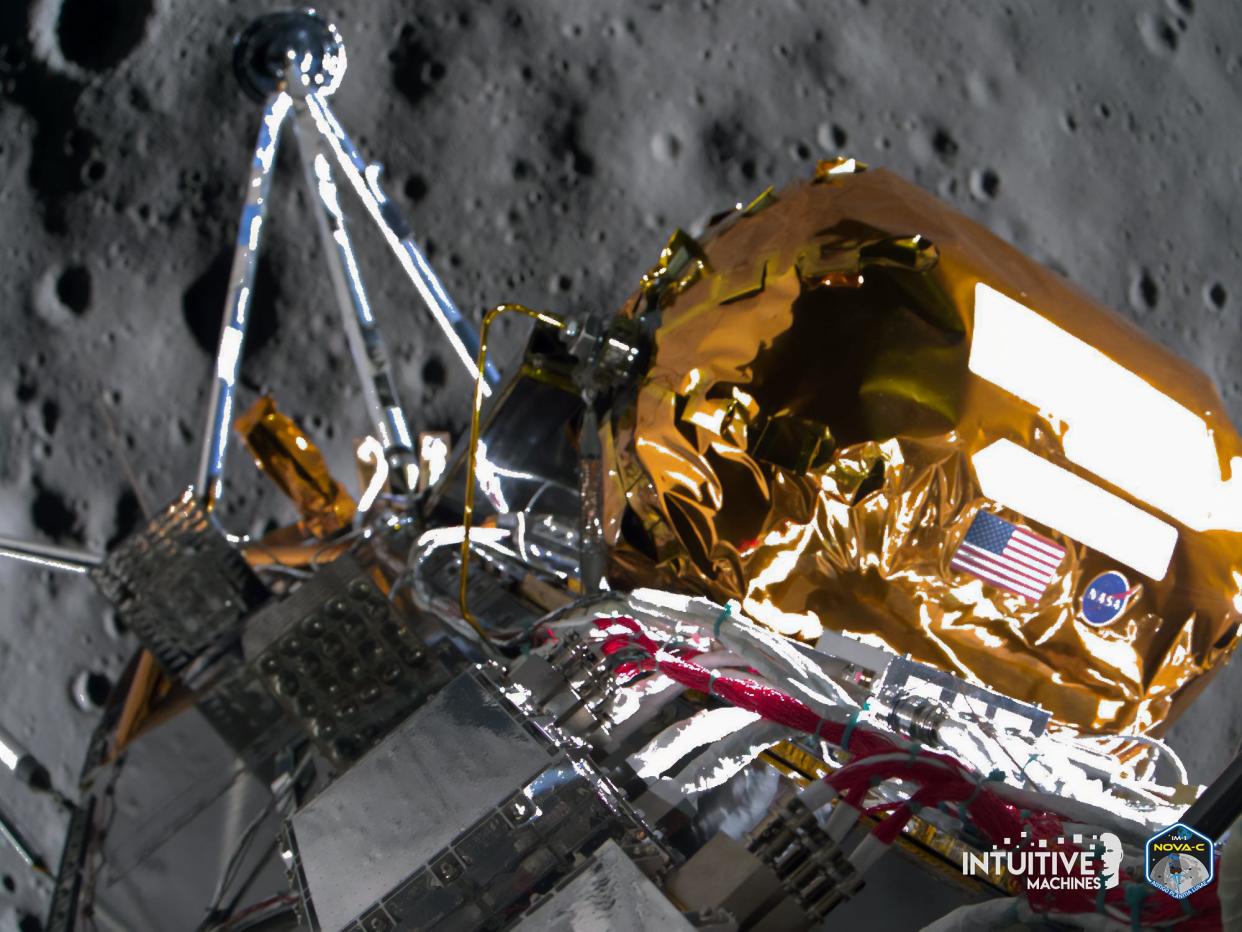Intuitive Machines wants to help NASA return samples from Mars

Intuitive Machines is looking to help reshape the Mars Sample Return mission architecture with its own technology, based on architecture it has been developing for the moon, executives told investors during a quarterly earnings call Tuesday.
“Intuitive Machines has engaged the agency and intends to provide a solution set based on technology architecture we have been developing for lunar material return,” Intuitive Machines CEO Steve Altemus said.
The Mars Sample Return (MSR) program is the agency’s $11 billion, 15-year mission to collect and return samples from the red planet, but NASA administrators finally admitted last month that the architecture had become too complex and too expensive. The agency said it would soon solicit proposals from commercial industry to rethink the mission and ultimately decrease risk (and cost).
It’s no surprise that Intuitive Machines is looking to become part of the program: The company made history when it became the first private company to land a spacecraft on the moon at the beginning of this year, so it makes sense to try to adapt that tech for Mars. It will likely be lucrative, too; contracts associated with MSR could easily top out at billions of dollars.
In addition to its first mission in January, Intuitive Machines is already well on its way to its second lunar mission, which is expected to launch later this year to the lunar south pole. The third mission is scheduled for 2025, though the final landing date is still being determined by the mission’s anchor customer, NASA. Intuitive Machines is also awaiting the contract decision on another mission from the agency, dubbed CP-22, which would launch around 2027.
However, Altemus said that the later date for CP-22 “creates an opportunity” for Intuitive Machines to conduct its first fully commercial mission to the deliver payloads to the moon. The three it has under contract so far — the January mission, plus the following two — are being conducted as part of NASA awards under its Commercial Lunar Payload Services program.
“We see a lot of commercial interest and international interest in terms of signed contracts to fly to the moon, and we see that growing continually over the next couple of years,” interim CFO Steven Vontur said during the call.
In addition to its successful lunar lander mission at the beginning of the quarter, executives touted the win of one of three study contracts under NASA’s Lunar Terrain Vehicle Services program. The LTVS program has a total program value of $4.6 billion across 15 years, though NASA will likely pick at least two providers to develop the buggy.
The company ended the quarter with $73 million in revenue, a 300% increase from the first quarter of last year, primarily due to the company realizing revenues from an engineering services contract from NASA. Intuitive Machines tallied a net loss of $5.4 million and had $55.2 million cash-on-hand.

